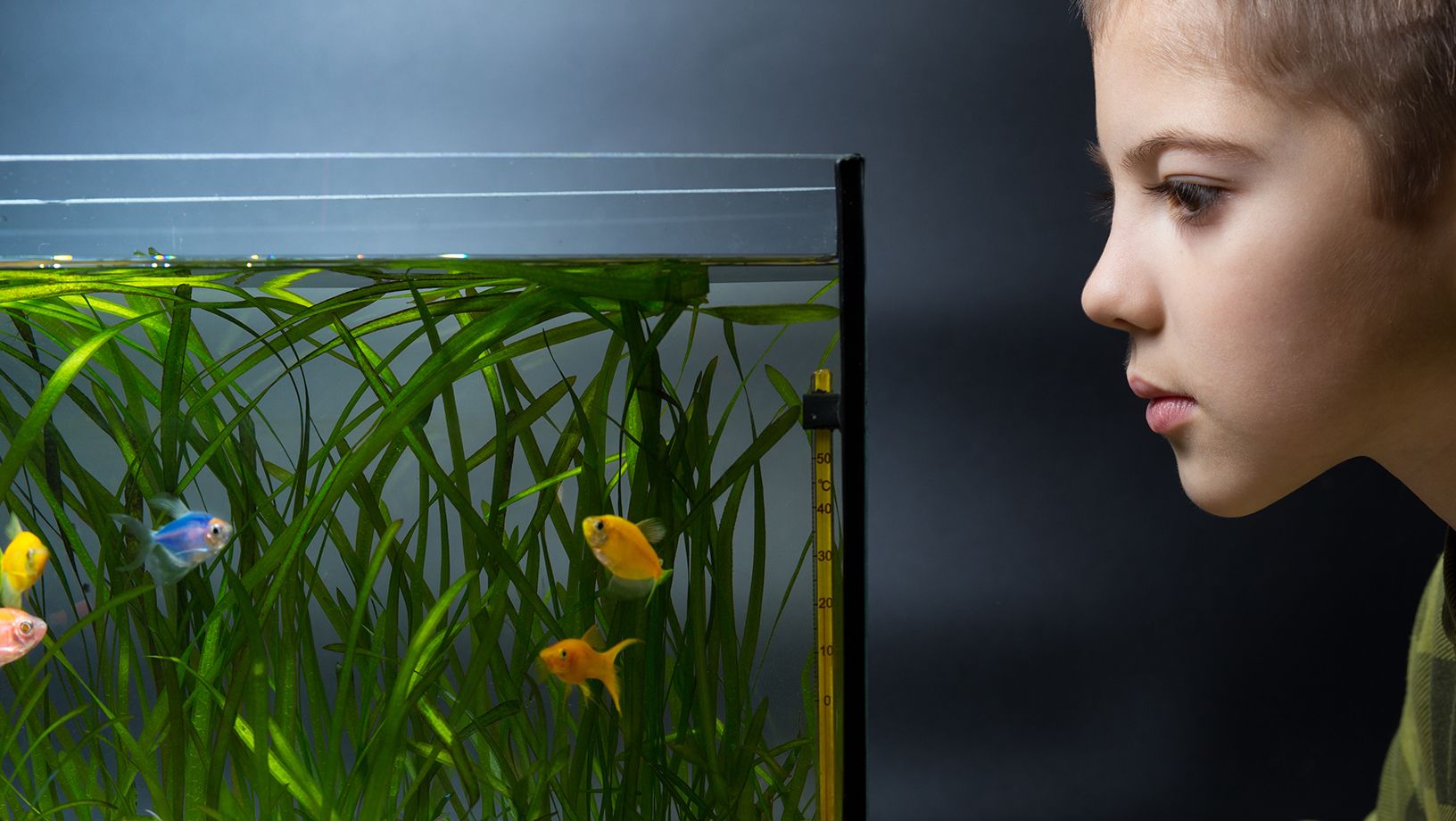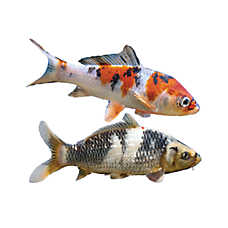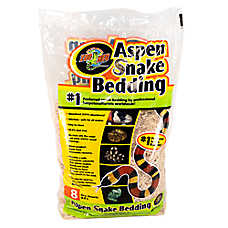A Teacher's Guide to Pets in the Classroom

In this Article
If you’re a teacher looking for a classroom pet, you may be eligible for a grant!
Pets in the Classroom is a program funded by the Pet Care Trust to provide financial support to teachers. This grant covers at least 50% of the cost of classroom fish, small reptile or small mammal and habitat through Pets in the Classroom for the first year! Teachers can also apply for a Sustaining grant for the following years. Apply for the grant and learn more here.
Watch the video
What are the benefits of Classroom Pets?
Teachers who engage in the Pets in the Classroom program report an increase in empathy and compassion, increase in student responsibility, and an increase in engagement as the three most common benefits. Other benefits include increased social skills, decreased anxiety, improved self-esteem, decrease in disciplinary measures, improved attendance, and improved test scores.
When surveyed, 99% of grant recipients reported that having a classroom pet was a positive experience! The Pets in the Classroom website even offers STEAM-based lesson plans around your classroom pet! Students take the lessons they learn around their classroom pet and apply them at home, becoming better pet parents and advocates for the well-being of the pets around them.
In economically challenged areas, a classroom pet may be a student’s only chance to experience having a pet and all the benefits that come for having an animal in their lives. These students especially benefit from the chance to have a friend who listens and doesn’t judge.
I’m not ready for a full-time classroom pet
That’s OK! If you’d like the benefits of a Classroom Pet without a permanent resident, Pets in the Classroom offers Dogs in the Classroom, a program where a therapy dog visits your classroom for an arranged visit.
What Type of Pets are eligible?
Birds
Although less common than some of the others, birds can be fun for the whole classroom. Budgies are talkative and chatty while Conures are fun-loving clowns and Cockatiels are friendly and love to whistle melodies to their people.
Fish
An aquarium can be a beautiful and peaceful centerpiece in any room. Having a fish tank teaches students about water chemistry and watching the fish as they go about their day can instill a sense of calm. Learn more about Setting Up an Aquarium here. For more information on different types of fish, check out our Fish Compatibility Page!
Reptiles
Bearded Dragons and Leopard Geckos are popular reptiles with big personalities who can be a more hands-on pet than a fish tank. If you’re feeling more adventurous, a ball python, or a king, milk or corn snake may be a good fit! Interested in a hopping good time? Consider an amphibian like a Pacman frog or White’s tree frog.
Invertebrates
From Hermit Crabs to Tarantulas and Jumping Spiders, these make interesting pets with great learning opportunities, everything from setting up a bioactive terrarium to the molting process can become a great lesson in biology!
Small Mammals
If you’re looking for an animal to be petted, these soft and friendly creatures may be the right pet for your class! Rats, mice, gerbils, hamsters, and guinea pigs can all make friendly, fun additions to your classroom! For more information on behavior and their fit for your classroom, check out their care guides!
Other Considerations
All pets can expose their people to disease or parasites that they wouldn’t encounter otherwise. For more information on zoonotic diseases, check out Understanding Zoonotic Disease.


